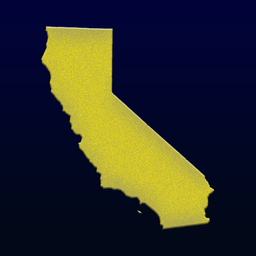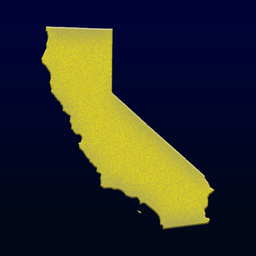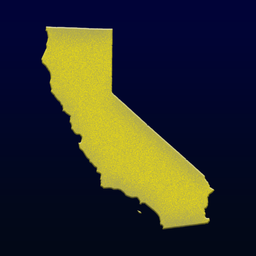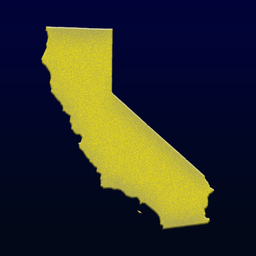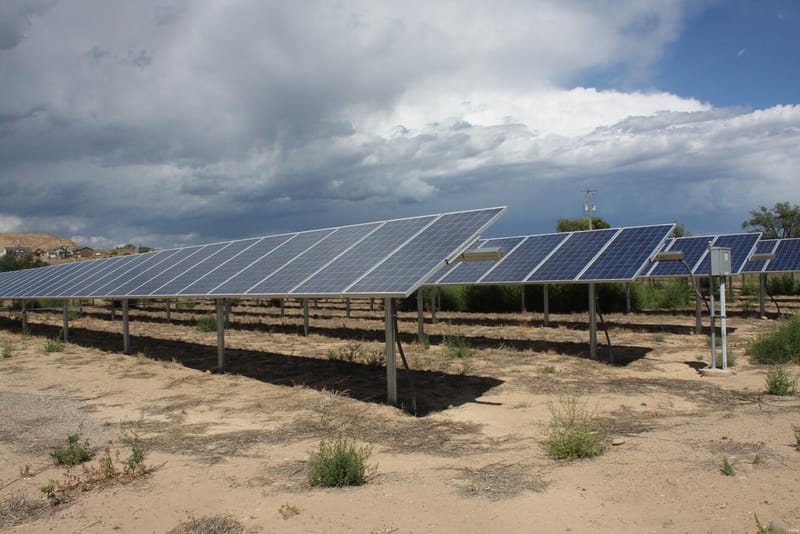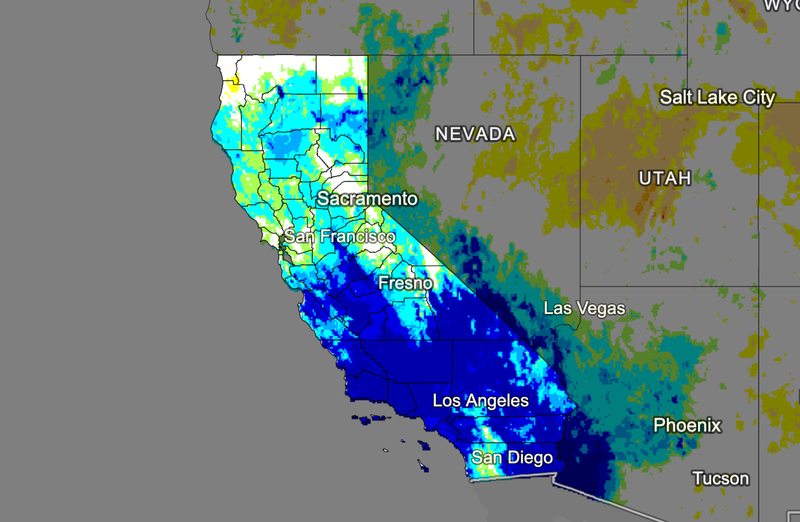2025 California Greenhouse Gas Cap-and-Trade Program guide
Understand how California’s Cap-and-Trade Program works in 2025, how it affects utility bills, and where the money goes.

California’s Cap-and-Trade Program is a regulatory system designed to limit greenhouse gas (GHG) emissions by requiring certain businesses and utilities to purchase permits for the pollution they generate. The program, operated by the California Air Resources Board (CARB), sets a statewide cap on emissions and lowers that cap over time.
This guide outlines how the program works in 2025, how it affects utility customers, and how proceeds are used to support climate-related initiatives. All information is sourced directly from the California Air Resources Board (CARB) and the California Public Utilities Commission (CPUC).
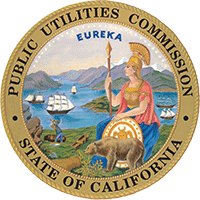
Learn more about the Cap-and-Trade program in California.
What Is the Cap-and-Trade Program?
Cap-and-Trade is part of California’s effort to reduce statewide greenhouse gas emissions to 40% below 1990 levels by 2030, as required by law under Assembly Bill 398 (AB 398). The program sets a total emissions cap and issues a limited number of allowances—each representing one metric ton of carbon dioxide equivalent.
Companies that fall under the program’s requirements must acquire enough allowances to match their emissions. These can be purchased at government-run auctions or on secondary markets. Entities that reduce their emissions can sell excess allowances.
How the Program Affects Utilities
Electric and natural gas utilities are required to purchase allowances for emissions tied to the energy they provide. These costs are included in customer energy rates.
“CPUC directs investor-owned utilities… to distribute funds generated by the Cap-and-Trade Program as credits to residential customers, small businesses, industry, and for clean energy and energy efficiency programs.” — CPUC
To help offset the impact on ratepayers, California directs some of the auction proceeds back to utility customers through a program called the California Climate Credit.
California Climate Credit
Each year, millions of Californians receive direct utility bill credits funded by Cap-and-Trade proceeds.
Electricity Customers:
- Residential households receive the California Climate Credit twice a year on their electric bill.
- Small businesses also receive a twice-yearly electric bill credit.
- Industrial facilities that qualify as emissions-intensive and trade-exposed (EITE) receive assistance through a separate allocation.
Natural Gas Customers:
- Residential households receive the natural gas Climate Credit once a year in April.
Use of Auction Proceeds
In addition to customer bill credits, auction proceeds are used to support a variety of clean energy and climate programs. As of 2025:
- More than $1 billion has been allocated to programs expanding access to solar and clean energy in disadvantaged communities.
- Since 2020, $200 million has been directed toward the BUILD and TECH initiatives, which support low-emissions building technology.
- Starting in 2022, $40 million has been set aside for biomethane pipeline interconnections.
Programs like SOMAH (Solar on Multifamily Affordable Housing) specifically target underserved communities.
CPUC Oversight
The California Public Utilities Commission plays a key role in overseeing how utilities comply with Cap-and-Trade requirements. The CPUC:
- Reviews and approves how Cap-and-Trade-related costs are passed on to customers.
- Oversees how utilities use their share of auction proceeds.
- Ensures that Climate Credit distributions are handled consistently and transparently.
The CPUC also monitors whether the use of funds aligns with state goals related to emissions, energy efficiency, and affordability.
Program Impact to Date
Since 2014, California’s Cap-and-Trade Program has generated significant proceeds that have been redistributed statewide:
- $17.8 billion in total Cap-and-Trade funds distributed
- $16 billion returned to households through electric and natural gas bill credits
- $1.9 billion allocated to California businesses through small business and industrial assistance
“CPUC has… directed investor-owned utilities to provide nearly $1.9 billion to California businesses to help incentivize efficient production of goods and services.” — CPUC
Additional Information
For more detailed information or to track updates to the program, check:
Official resources:
- California Climate Credit
- Small Business Climate Credit
- California Industry Assistance
- NAICS Codes Eligible for California Industry Assistance
- CPUC Cap-and-Trade Program Decision-making
Related guides from CaliforniaToday.com:








